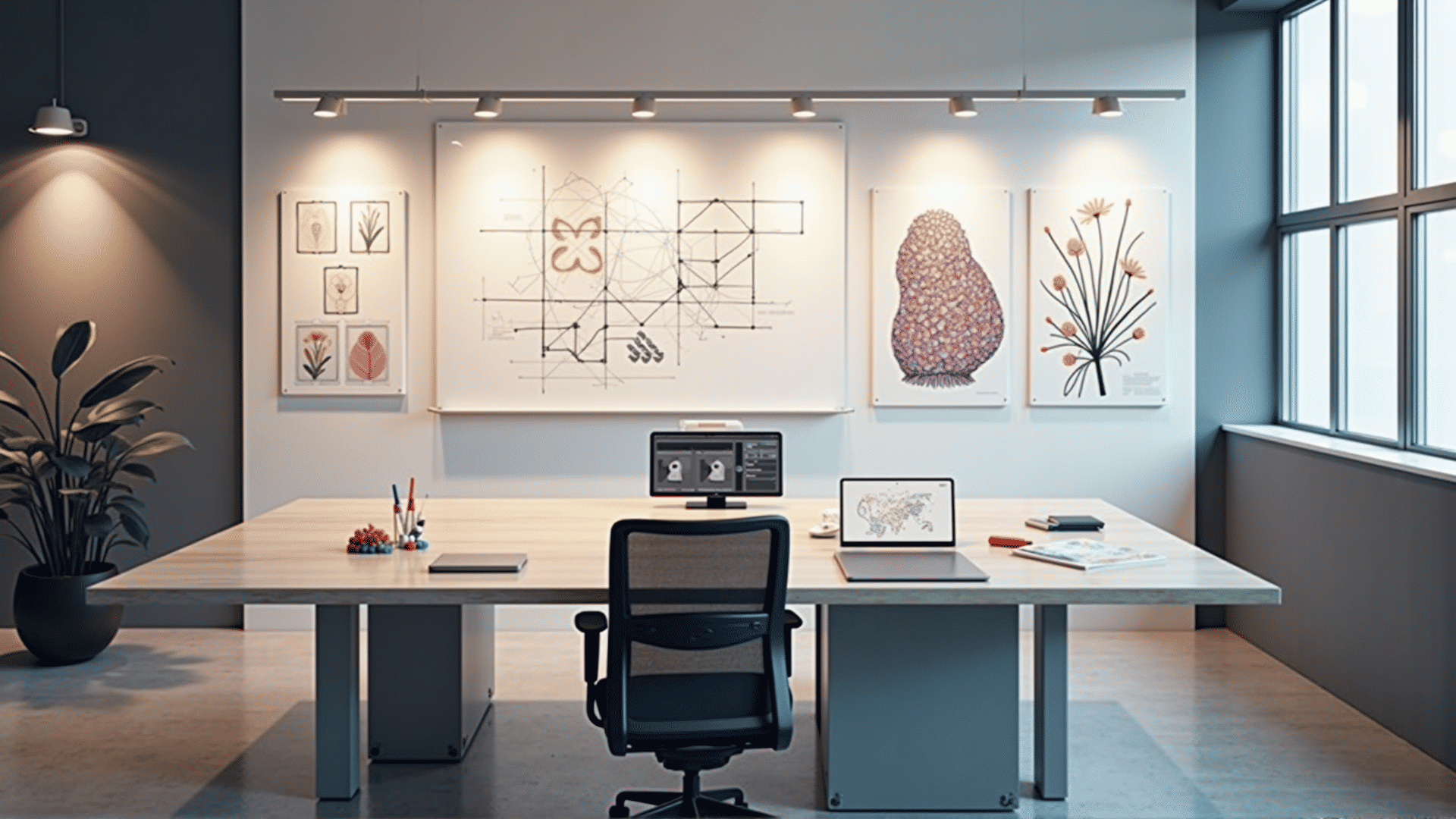In the dynamic world of modern design, the interplay between functionality and beauty is crucial for creating impactful projects. As technology evolves, designers often find themselves navigating a landscape filled with new tools and possibilities. However, the core principles that govern what makes a design aesthetically pleasing remain timeless. By integrating these enduring principles, contemporary design can achieve a harmonious balance between practical needs and visual appeal.
Understanding Aesthetic Principles
Aesthetic principles form the foundation of any well-executed design. These include symmetry, balance, contrast, rhythm, proportion, and unity. Each principle contributes to how we perceive and interact with a design, whether in digital platforms or physical spaces. Understanding and applying these principles allow designers to create works that resonate emotionally while fulfilling their intended function.
-
Symmetry and Balance: In design, symmetry and balance provide a sense of stability and order. While symmetry involves mirroring elements, balance refers to distributing visual weight evenly across a composition. This can be achieved through both symmetrical and asymmetrical arrangements, giving viewers a natural and intuitive experience.
-
Contrast: Contrast emphasizes differences between elements to add interest and dynamics. By manipulating colors, shapes, and sizes, designers can direct attention and highlight important areas within a design. Contrast not only enhances visual appeal but also aids in the clarity of information presented.
-
Rhythm: Much like in music, rhythm in design creates a flow that guides the viewer’s eye. Repetition of elements, such as lines, colors, or shapes, can establish a sense of continuity. This principle can be a powerful tool to illustrate narratives or guide users through a specific path within the design.
-
Proportion: The relationship between elements within a design often dictates its overall impact. Proportion involves the appropriate scaling of components, ensuring that each part contributes effectively to the whole. This is particularly important in responsive design, where adaptability across various screens and formats is key.
-
Unity: Cohesion across design elements fosters a sense of unity. By maintaining consistency in style, color palettes, and typography, designers can create a unified identity that makes a project recognizable and effective. Unity ensures that all elements work together harmoniously to achieve the design’s goals.
Applying Aesthetic Principles in Modern Contexts
-
Interactive Design: As digital interactivity grows, understanding user experience becomes paramount. Applying aesthetic principles helps create interfaces that are not only attractive but also intuitive and user-friendly. Elements such as call-to-action buttons can be enhanced by using contrast and proportion to draw attention and increase usability.
-
Sustainable Practices: Incorporating aesthetic principles into sustainable design leads to solutions that are both environmentally responsible and appealing. Using rhythm in natural patterns or materials can integrate the beauty of the natural world with human-made environments, creating designs that respect ecological balance.
-
Cultural Sensitivity: Modern projects increasingly span global audiences, requiring sensitivity to cultural diversity. By respecting aesthetic preferences inherent to different cultures—such as color meanings or symbolism—designers can create universally appealing products that honor a global tapestry of influences.
-
Innovation in Materials: The use of new materials opens up creative opportunities while remaining grounded in aesthetic principles. For example, transparent or reflective surfaces might introduce unique challenges in contrast and harmony, demanding innovative approaches to achieve a desired visual and functional effect.
Conclusion
Incorporating timeless aesthetic principles into contemporary design is about forging a balance between tradition and innovation. By understanding and applying these principles, modern designers can create works that stand out for their beauty and effectiveness. The result is a design legacy that speaks to both the mind and the heart, fostering environments and interactions that elevate everyday experiences. Through this thoughtful integration, functionality and beauty can indeed coexist in perfect harmony.
